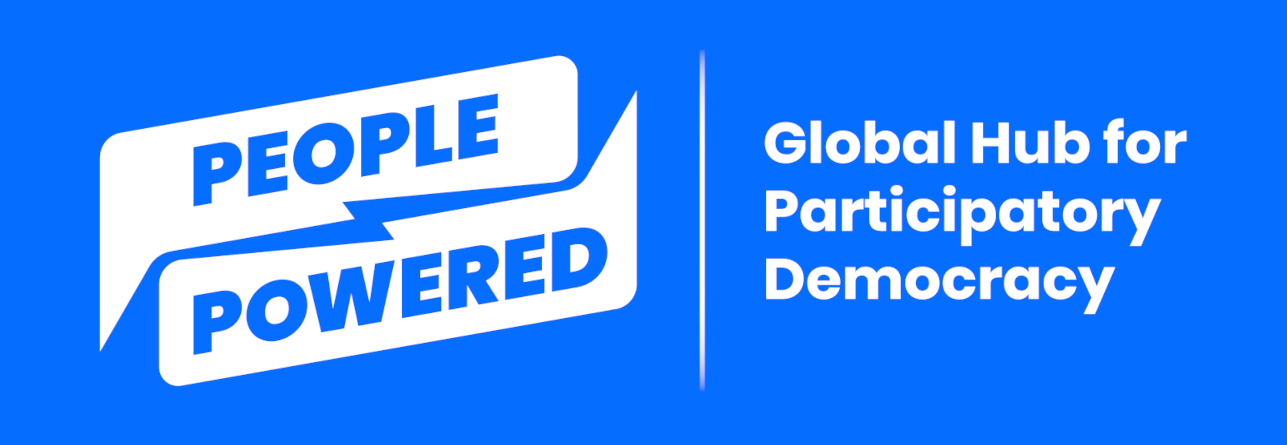How to evaluate a platform
/How to evaluate a platform
Here are some questions you might want to ask as you consider which digital participation platform to choose. If the answers aren't available on the platform's website, try sending the hosts an email. If you don't receive a good answer, that may be a bad sign!
Is the platform available in the language(s) of the people you wish to engage?
How much does the platform cost?
Ask about upfront, one-time initiation/license costs as well as recurring charges. If there are recurring costs, how long will you need to pay them?
Is the platform hosted in the cloud (Software as a Service), or will you have to install it yourself?
If the platform is hosted for you, how long do you expect to need to pay a monthly fee? Can you easily export the data in a useful format when you need to?
If you have to install and implement ongoing updates to the platform, do you feel confident in your ability to launch, configure, and host the software?
If you need to host the participation platform yourself, do you have adequate technical staff and server capacity?
If the price includes a variety of different modules, are you likely to use all of them?
Is the platform modular, meaning you can activate just the features you want to use?
Does using the platform require integration with other products and services?
Some govtech vendors will try to force you to use their other offerings.
Who will you need on your team to set up, launch, and run the platform? The various responsibilities are listed below:
Program manager.
Moderator(s) and community manager(s).
Communications staff.
Software developer(s).
Designer(s).
Platform administrator(s).
Data analyst(s).
Internal user(s).
Intermediaries to bridge the gap between digital participation and offline activities.
A single person may play multiple roles on smalll teams.
For how long has the platform been in operation?
If a platform has only existed for a few months, it might be worth choosing a more mature solution. Look for the version number if there is any.
Less than a year.
1-2 years.
3-5 years.
Over 5 years.
How active does the project appear to be?
Check the platform's website, blog, user forums, social media accounts, and/or Git repositories for recent updates. For example, see GitHub's appropriately named "Pulse" feature on Decidim's code repository. It shows a feed of recent activity focused on improving the platform's underlying code.
With software, you generally want to use an actively maintained project. This is one basic way to determine if the platform's developers are providing updates for security and new features.
How long does it take for the platform’s operator to reply to an email?
One day or less.
Less than a week.
Less than a month.
Longer than a month.
What kind of support is offered?
User forum for support from technicians and other users.
Customer service email address.
Live chat.
Phone support.
Documentation for the product. Read it before purchasing/signing up, because it's not always kept up to date. Poor documentation will often mean you'll need more tech support than you would otherwise.
Also determine: Is support included in the price? If the platform is open source, are there people or companies you can hire for help? Are the support forums comprehensible to average users, or are they written for software developers?
Who developed the platform?
What is the business model? Is it a/an
Independent project without a clear organizational host.
Nonprofit, charity, or civil society organization.
For-profit business, corporation, or govtech vendor.
Research group or institution.
Government or public sector.
Is the platform's code open source, or is it proprietary and impossible to view?
Some platforms offer view-only access to the code so that you can investigate what you're using. If you have a strong technical team, you may appreciate the ability to modify the platform code to your unique context.
Does the platform's website list current or past clients?
Better yet, does it link to its current and past clients' participation websites? Consider reaching out directly to these peers to better understand their experiences with the platform.
Can you easily download participation data from the platform?
Or will you need to keep paying the subscription fee to access it? Try exporting some sample data and see if it arrives in a useful file format.
Does the platform offer features that cover your needs?
(See our comparison matrix showing platform features.)



